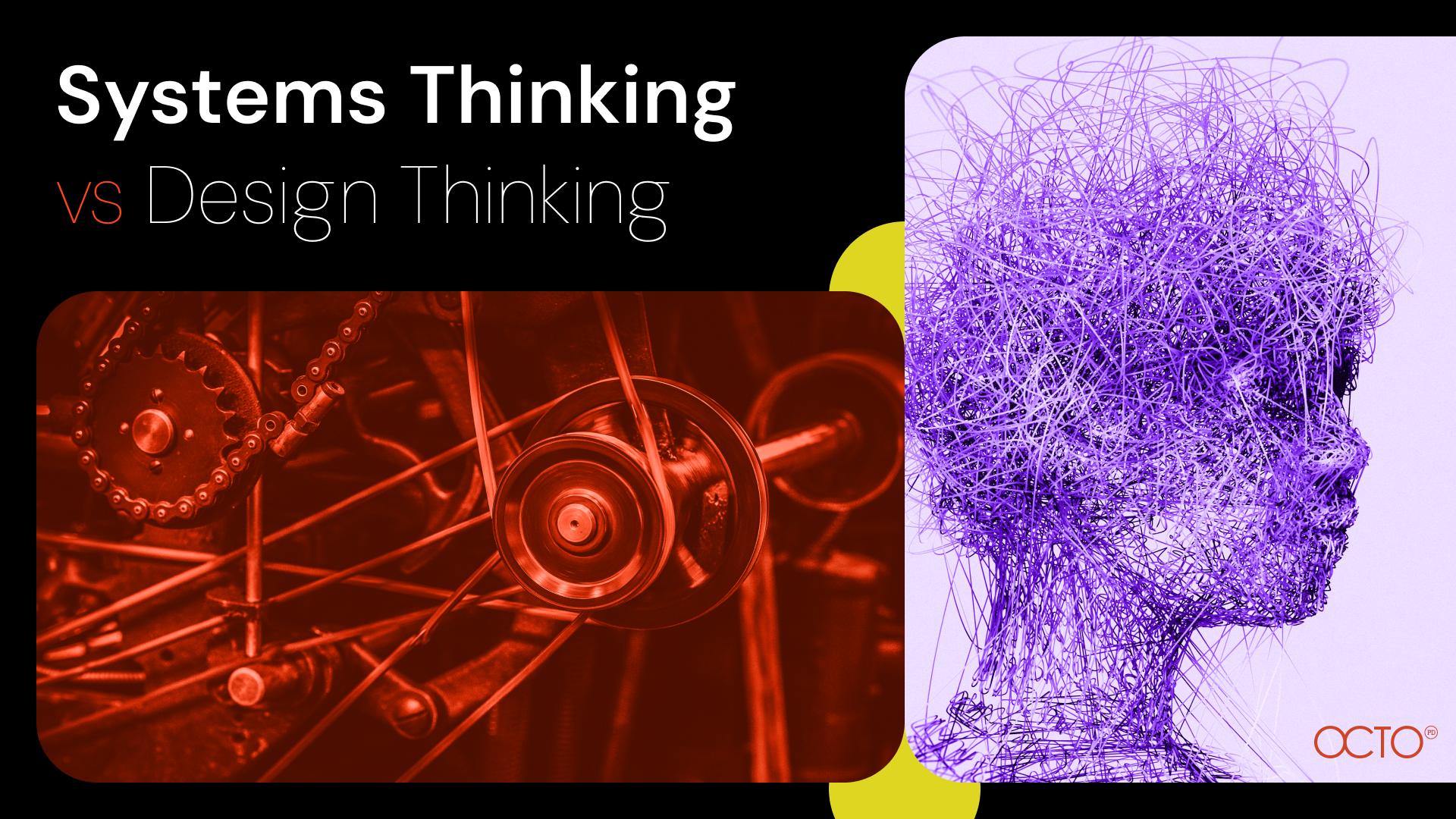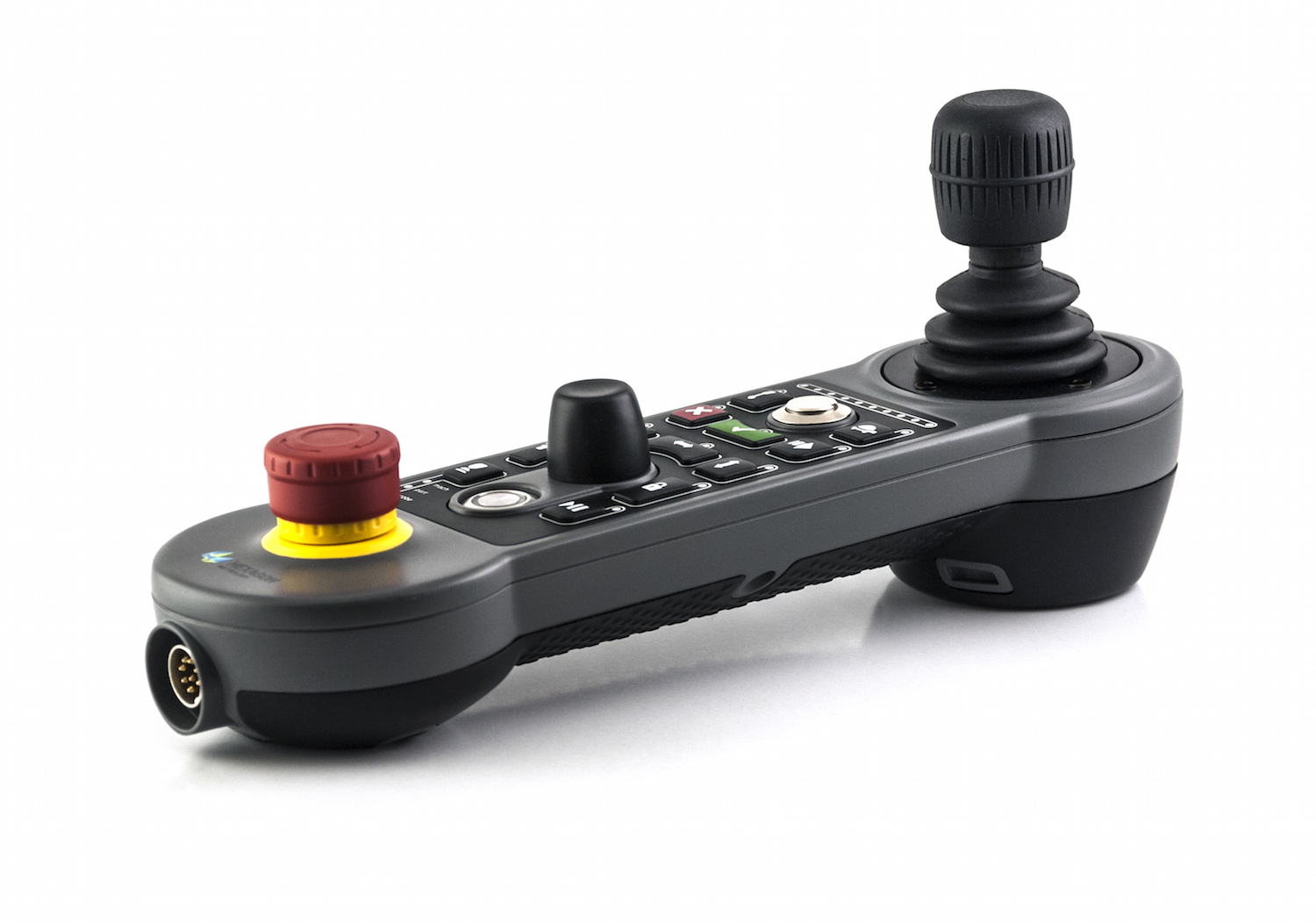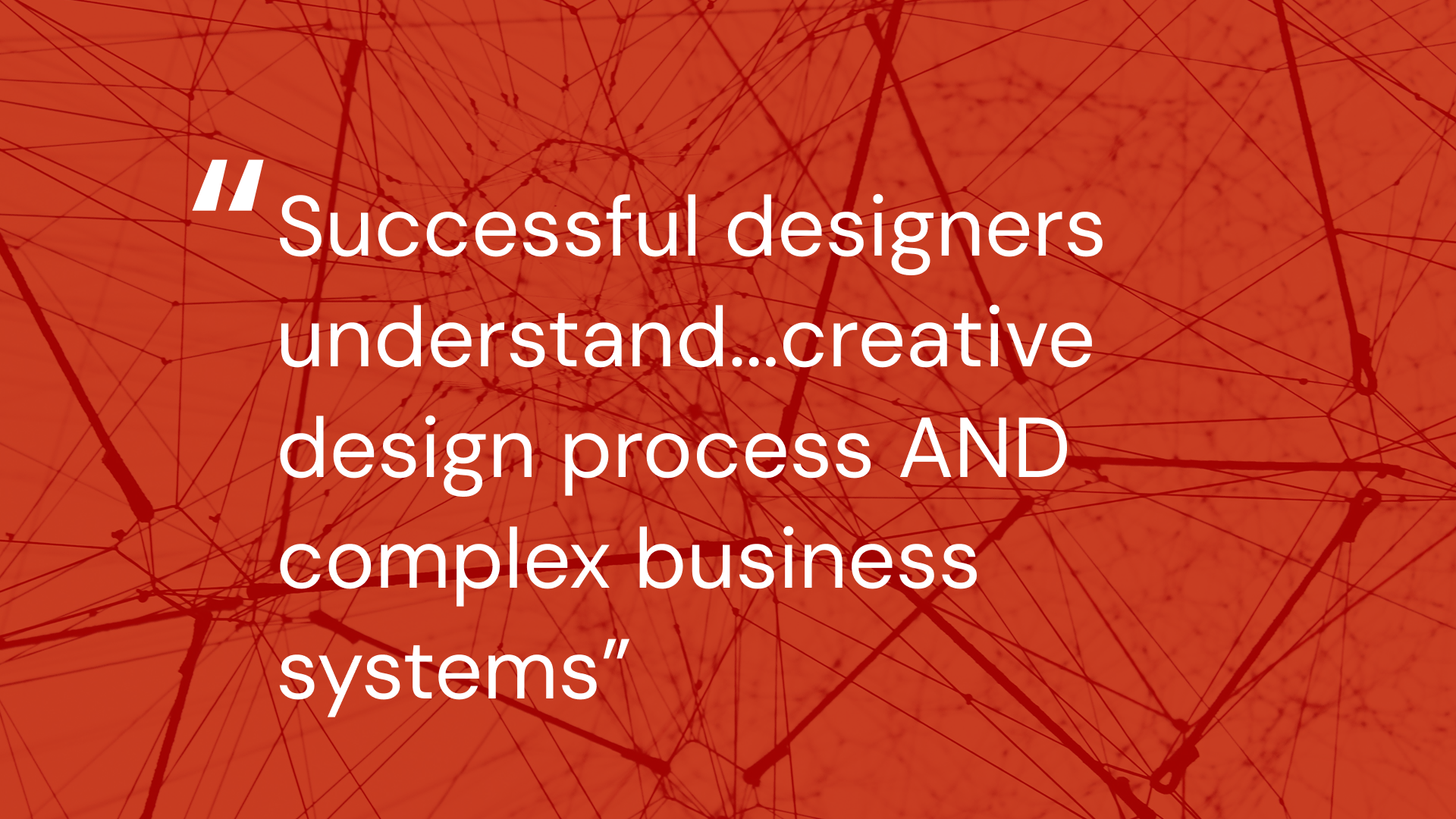
Systems Thinking vs. Design Thinking: Which One Should You Use?

A children's learning product sits neglected on the bottom shelf at the retail store, its sales plummeting. A manufacturing line stands idle for days, waiting for a simple controller to be repaired. A cutting-edge energy solution falters because it doesn’t fit the industry's technical structure.
What do these challenges have in common? They're not design failures – they're system failures.
When it comes to systems thinking vs design thinking, businesses face a critical choice that can determine the success or failure of their products, solutions, and services. Both methodologies offer powerful approaches to design, but they operate at different levels and produce different outcomes.
So, which approach should you use? Should you focus on design thinking's human-centered innovation process, or should you adopt systems thinking's holistic view of interconnected components? Perhaps most importantly, can these methodologies work together to create better products than either could achieve on its own?
Let's explore systems thinking vs design thinking – examining their strengths, limitations, and how forward-thinking companies are leveraging both approaches to drive breakthrough innovations.
Understanding Design Thinking
Design thinking is a human-centered approach focused on solving problems through iterative prototyping and user feedback. It emphasizes creativity, experimentation, and deep empathy for the end user.
Where systems thinking looks at the macro-level interactions within a system, design thinking focuses on the user experience and iteratively refines solutions to best serve users' needs.
Example: Netflix

Netflix's "Play Something" shuffle button exemplifies design thinking in action. Recognizing that viewers were experiencing "decision fatigue" while browsing endless content options, Netflix focused specifically on this user pain point.
This feature directly addresses the user experience challenge without requiring a complete overhaul of Netflix's entire system. It shows how design thinking excels at solving specific problems through user empathy and targeted innovation, focusing on the immediate user need rather than the broader ecosystem.
Understanding Systems Thinking
Systems thinking is a holistic approach that focuses on the interconnections and interactions within a system.
It originated in the 1930s, with roots in biology, and later adopted by mathematicians and business strategists. The key principle behind systems thinking is recognizing that different components of a system influence one another, and that small changes in one area can have significant ripple effects throughout the entire system.
A systems-focused approach is increasingly critical as organizations make bigger innovation bets. Our 2024 Economics of Design report found that two-thirds of business leaders have built their organizations to innovate at either breakthrough (39%) or transformational levels (27%) – requiring a deep understanding of how new solutions will function within complex ecosystems.
Example: The Jogbox Fix That Saved a Production Line
Faced with costly, recurring shutdowns on their production lines, an industrial manufacturing client turned to OCTO. Rather than jump to conclusions, OCTO applied systems thinking from the start, zooming out to look beyond the machines and into the broader production environment.
What initially looked like a problem with the precision machines turned out to be something else entirely. The real issue? The handheld controllers, known as jogboxes, used to operate the machines. They were frequently dropped or snagged, leading to damage that halted production.

Instead of reinforcing the controller casing—a common fix—OCTO took a smarter route. By understanding how the pieces of the system worked together, they proposed a simple yet effective change: make the jog boxes detachable. That move removed the failure point altogether, saving the client time, money, and frustration.
This kind of outcome is exactly why OCTO leads with systems thinking. It helps uncover high-leverage changes that make a real impact, and solutions that isolated problem-solving often misses.
For more stories like this, check out our recent podcast on how OCTO’s product team tackles complexity.
Systems Thinking vs Design Thinking: Which One to Choose?
There are some key differences between systems thinking and design thinking. Design thinking alone can miss critical interconnections that systems thinking captures. It often zooms in on specific user pain points without fully considering the broader ecosystem in which those pain points exist. This can lead to solutions that work well for individual users but create unforeseen problems elsewhere in the system.
While design thinking remains valuable, our research shows a shift in how organizations view design. Today, 57% of business leaders see design as a tool to enter new markets, 56% as a way to reimagine customer experience, and 54% as a tool for business growth – all purposes that require understanding broader business systems, not just user experience.
The Right Approach: Systems First, Design Second
Rather than viewing systems thinking and design thinking as competing methodologies, consider them complementary approaches with a clear sequence:
- Use systems thinking to understand the full context, constraints, and interconnections
- Apply design thinking within that framework to create human-centered solutions
By starting with systems thinking, you create guardrails that prevent design thinking from creating solutions that work well for users but break something else in the system. When both approaches work together, organizations can create solutions that are both user-friendly and system-aware.
How to Get Started With Systems Thinking
Systems thinking requires practice but produces increasingly valuable results over time. Here’s how to get started:
The OCTO Advantage: Systems Thinking Experts
At OCTO, our deep experience with systems thinking across industries like healthtech, industrial manufacturing, and energy allows us to help clients navigate complex challenges with confidence. We’re experts in systems thinking, identifying interconnections others might miss, and creating solutions that deliver sustainable results.

The most successful product designers understand both the creative design process and the complex business systems in which their products must succeed. OCTO helps you see not just the immediate user needs, but the entire landscape of interconnections that will determine your product's ultimate success.
Ready to transform your approach? Contact OCTO today to discover how our systems thinking expertise can help you create solutions that succeed within their broader ecosystem. Reach our team here!
